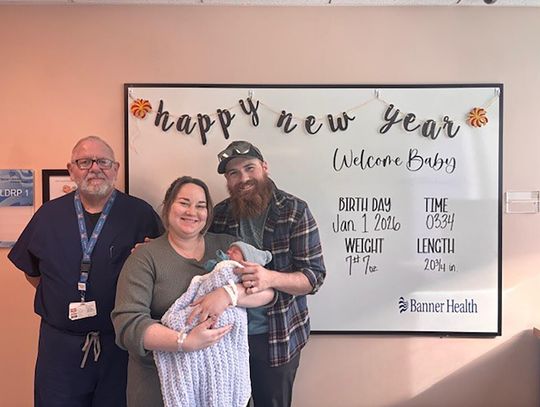Last week, I wrote about some local hot news items dating from late 1924. I love turning the pages of the old Fallon newspapers. The cliché, “some things never change,” comes to mind, as the headlines in the vintage papers usually proclaim the ups and downs of the local and national economies and the vagaries of local and national politics, while the most-read news is about the sports teams - their wins, their losses, and their woes.
Of equal interest to me are the items that imply that some things never change, but some things do. If I read between the lines, the real story in late 1924 was, “Everybody loves to dance, dance, dance.” Now, that news suggests that there has been a cultural change in our valley.
During the period between November 15 and December 15, 1924, the following ads appeared in the Fallon Standard: “Dance at St. Clair, Saturday, Nov. 15. Best of Music;” “Rebecca Dance, Saturday, Nov. 22, Music by ‘The Original Nevadans;’” “Dance at Hazen, December 6, Benefit for Hazen School;” “Dance at St Clair, Saturday, December 13;” “Annual Grand Ball, Knights of Pythias, December 24.” All this dancing squeezed into four weeks.
Many oral histories held by the Churchill County Museum support the idea that during the 1920s, dances were held all the time, with live bands and lively dancers. It was, after all, the Roaring 20s. Frank Woodliff (1910-2010) remembered playing on weekends for high school dances while he was still in high school. He enjoyed his musical avocation well into mid-life.
“We played for the high school dances, and of course, we played on the stage. The old high school has a stage, and we played there and were supposed to quit at midnight…If you knew Mr. McCracken [the principal], you quit at midnight. The fact of the matter is that at five minutes to twelve, you’d find the lights blinking, and at five minutes to twelve, we’d go into our last tune, ‘Goodnight, Sweetheart…”
After high school, for Woodliff, the band played on. He was part of a band called “The Stompers: The Dance Band with the Punch.” They played for dances in Yerington, Lovelock, Hawthorne, and Fallon. The biggest band Woodliff played in was called “The Fallon Serenaders.”
He recalled, “That was a pretty good band. We had eight in this band…We played for most of the dances around Fallon…. Those were the things that people did in those days: dance.” After 1926, when the Fallon Fraternal Hall was built, many dances were held there.
And, while the town danced, so did the county. Schoolhouses at Old River, Union, Lone Tree, Harmon, Stillwater, and Northam were gathering places for celebrations and holidays, with dancing to follow whatever program had been planned. The band members were part of the neighborhood, so the mix of instruments varied, but there was always a piano, usually a fiddle. In Old River, Mario Peraldo contributed the accordion. Pat Solegui (1924-?), in an oral history, remembered going to country dances “because my mother and Don [her brother, Don Wise] and their little band played for dances all the time. We used to have dances at the Union Schoolhouse.” One of my friends who grew up attending schoolhouse dances remarked that the evening always began with the Virginia Reel and ended with food.
Many of you may remember that during the 1950s and into the 1960s, a Fallon social club called “The Mr. and Mrs. Club” was dedicated to dancing. Members would organize a monthly dance, live band only, and spend the evening dancing. A buffet was served at around midnight, and, depending on the crowd, the dancing might go on and on.
Please send your stories, questions, ideas for this column, etc., to [email protected].









































Comment
Comments